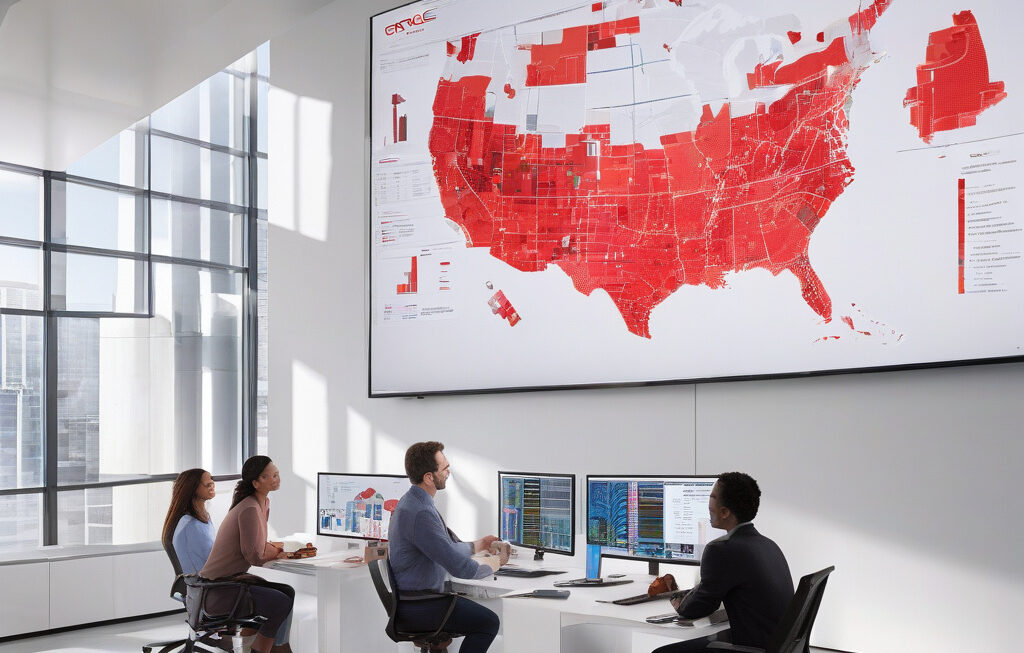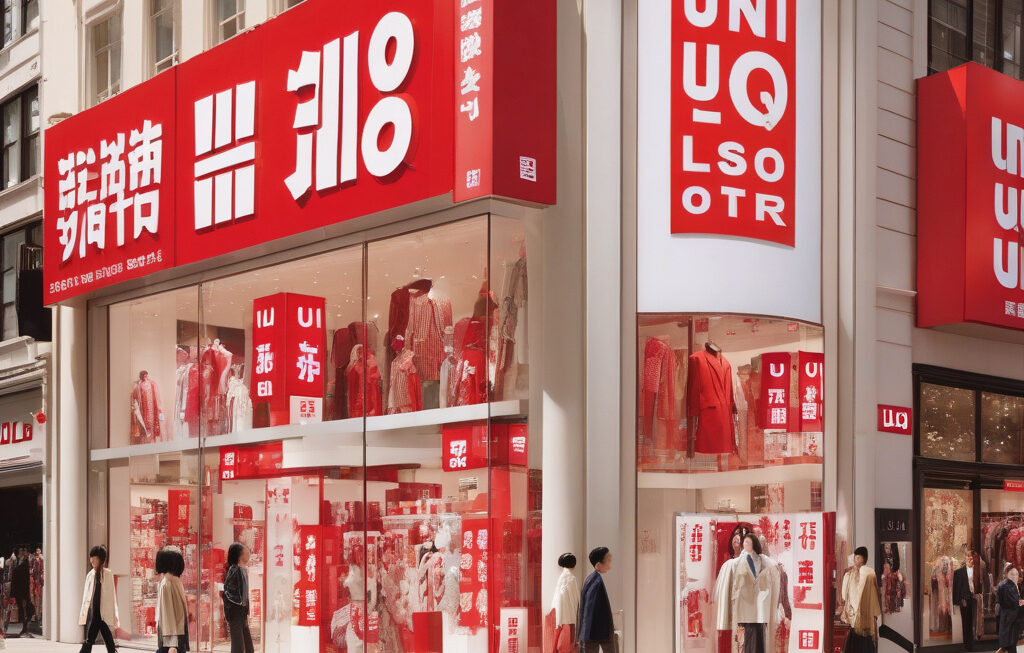For Retailers, US-Vietnam Trade Deal Leaves Questions
The recent implementation of new US tariffs on Vietnamese imports has sent shockwaves through the retail industry, leaving sportswear and clothing giants like Nike and Adidas grappling with uncertainty. The trade deal between the United States and Vietnam, once seen as a beacon of hope for affordable manufacturing and seamless supply chains, is now shrouded in doubt. As retailers navigate these uncharted waters, they are faced with tough decisions that could have far-reaching implications for their businesses.
Nike and Adidas, two of the most prominent players in the sportswear market, have long relied on Vietnam as a manufacturing hub for their products. The Southeast Asian country’s low labor costs and efficient production processes have made it an attractive destination for retailers looking to optimize their supply chains and reduce manufacturing expenses. However, with the imposition of new tariffs by the US government, the cost advantage that Vietnam once offered is now under threat.
Retailers are now forced to reconsider their sourcing strategies and explore alternative manufacturing locations to mitigate the impact of these tariffs. This shift is not as simple as it may seem, as finding a new manufacturing base that can match Vietnam’s combination of cost-effectiveness and efficiency is no easy feat. Additionally, the time and resources required to relocate production facilities can further strain retailers already reeling from the economic repercussions of the ongoing global pandemic.
The uncertainty surrounding the US-Vietnam trade deal has also raised concerns about the broader implications for the retail industry. If tariffs continue to escalate, retailers may be forced to pass on the increased costs to consumers, leading to higher retail prices. This, in turn, could dampen consumer demand and ultimately impact retailers’ bottom lines. Moreover, the disruption to established supply chains could result in delays in product launches and shortages of popular items, further eroding retailers’ competitiveness in the market.
In response to these challenges, retailers are exploring various strategies to weather the storm and protect their businesses. Some are diversifying their sourcing locations to include countries outside of Vietnam, such as Cambodia, Bangladesh, or even reshoring production back to the US. Others are renegotiating contracts with suppliers to absorb some of the additional costs or seeking exemptions from the tariffs through lobbying efforts. However, each of these strategies comes with its own set of challenges and may not provide a comprehensive solution to the problem at hand.
As retailers continue to navigate the uncertain terrain created by the US-Vietnam trade deal, one thing remains clear – adaptability and resilience are key to surviving in today’s ever-changing retail landscape. Those who can swiftly pivot their sourcing strategies, optimize their supply chains, and innovate in the face of adversity will be best positioned to thrive in the post-tariff era. The road ahead may be fraught with challenges, but for retailers willing to embrace change and think creatively, there are opportunities to emerge stronger and more competitive than ever before.
In conclusion, the US-Vietnam trade deal has undoubtedly left retailers with more questions than answers. The uncertainty surrounding tariffs on Vietnamese imports has forced industry players to rethink their sourcing strategies, consider alternative manufacturing locations, and brace for potential disruptions to their supply chains. While the road ahead may be challenging, retailers who can adapt and innovate in the face of adversity will be best equipped to navigate this new reality and emerge stronger on the other side.
#Retailers, #USVietnamTradeDeal, #Nike, #Adidas, #SupplyChainChallenges












